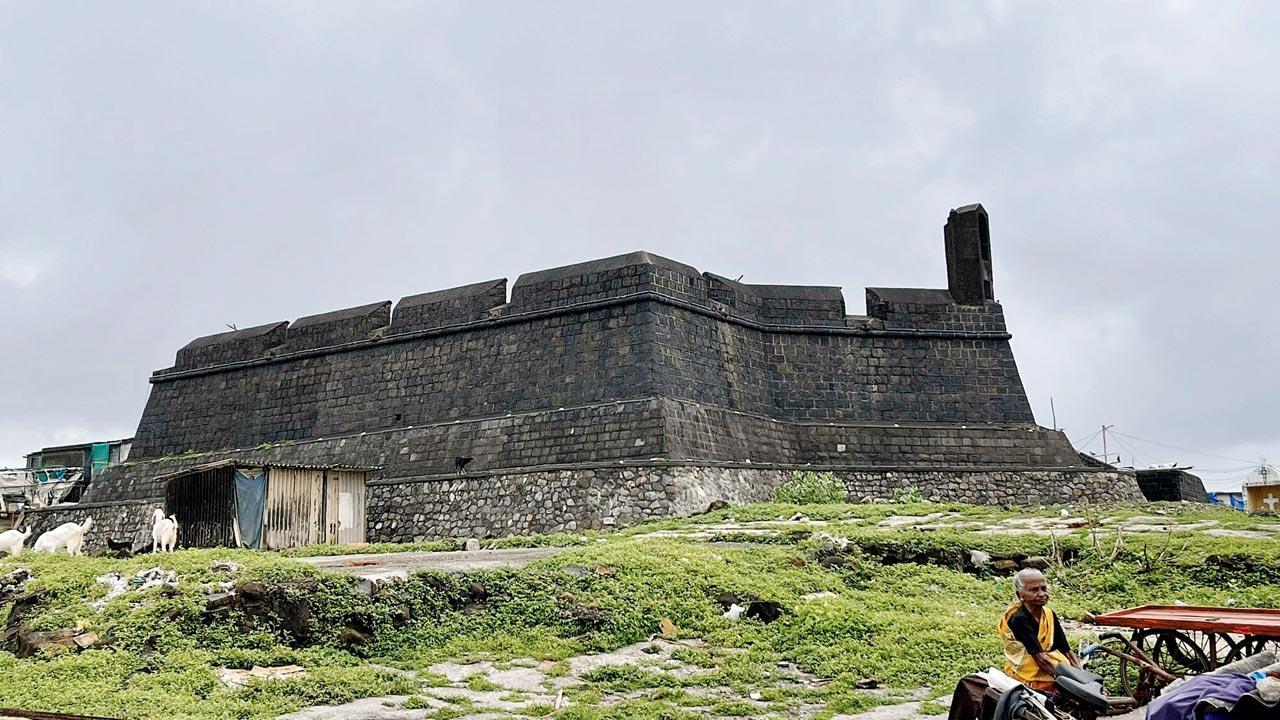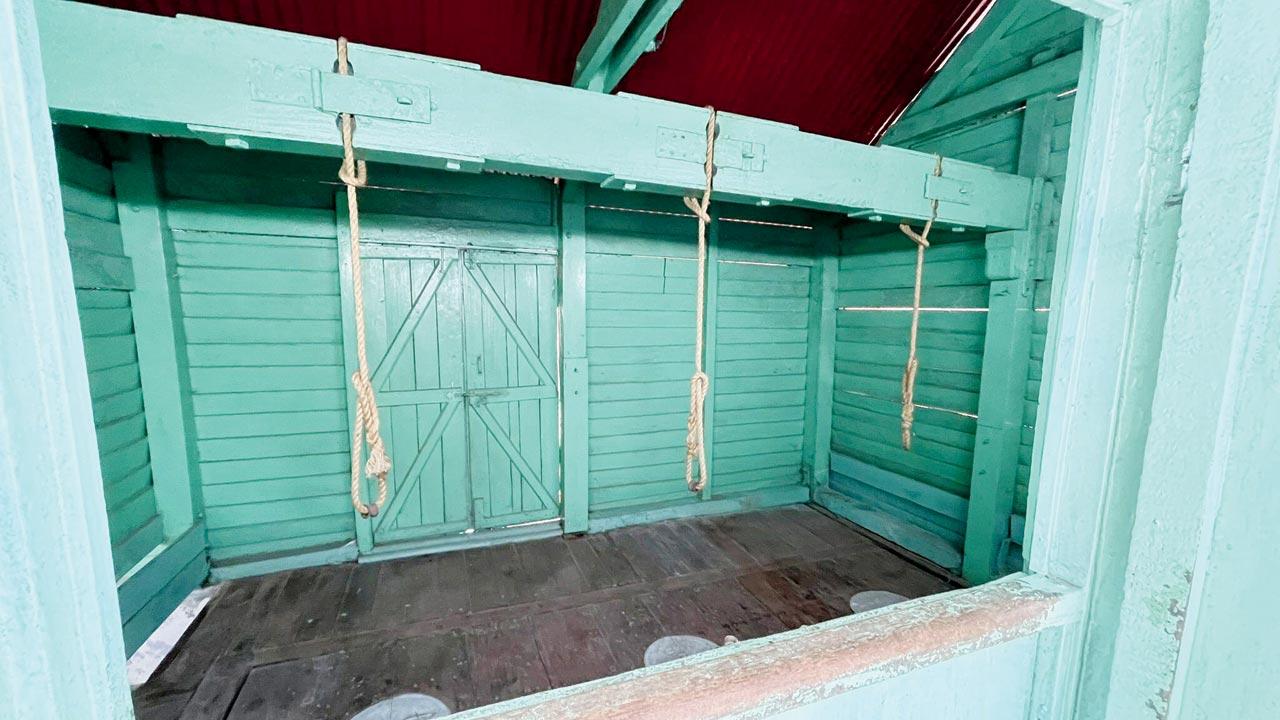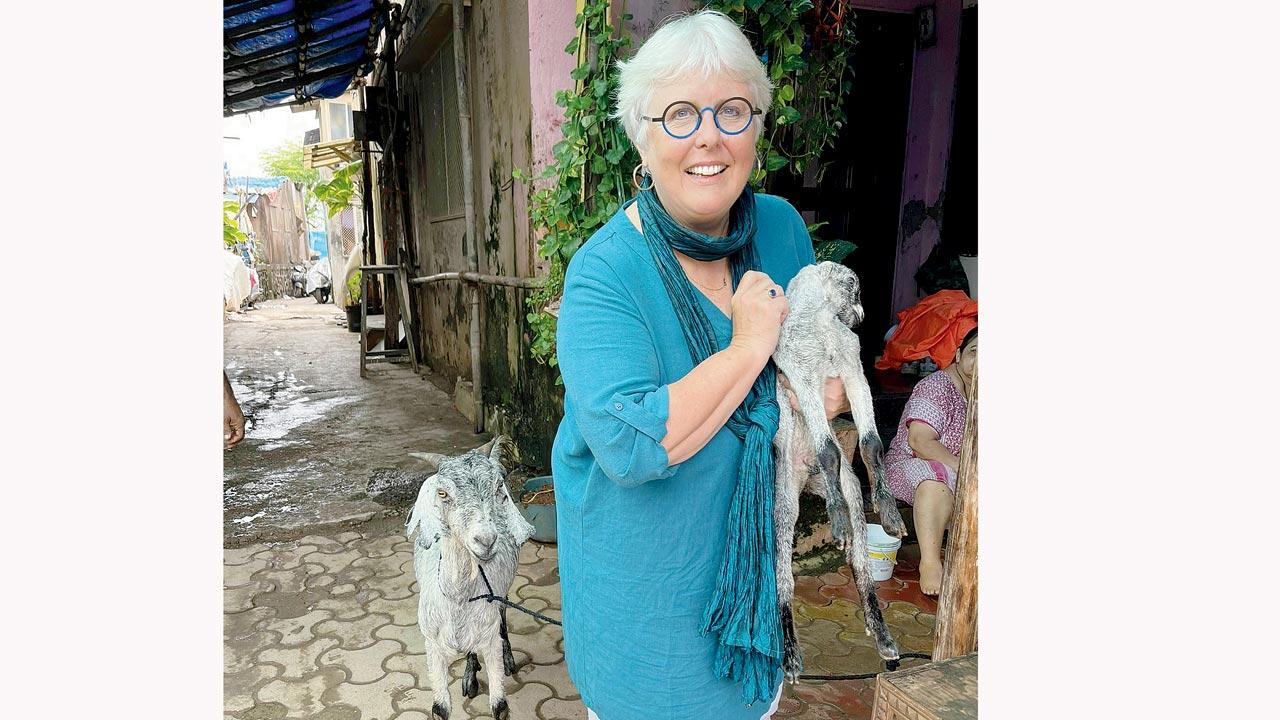Irish historian Jane Ohlmeyer is on a mission to document the shared colonial experiences of Ireland and India, which are adversarial and allied in equal parts

The Worli Fort in Mumbai is a major symbol of the Irish presence in India, having been built by Gerald Aungier, a third generation Irishman from Dublin who served as Governor of Bombay in the 1600s. Ireland and India have a shared colonial history, since Ireland was England’s first colony, and India the largest. Pics Courtesy/Jane Ohlmeyer
The next time you are driving down the Bandra Worli Sea Link, glance to your left when you are half way to Worli and you’ll see a stone fort in the distance. You might even know it as the Worli Fort. What most don’t know though is that the 1675 dated fort is a symbol of the shared colonial history between Ireland and India.
ADVERTISEMENT
“Ireland was the first British colony after all,” says Irish historian and academician Jane Ohlmeyer. “And India was its largest. Thanks to the British Empire, the two countries have multiple links.”
Ohlmeyer returned to Ireland this week after yet another trip to India—she has been here multiple times since 2011, when she started her mission to join the dots to redraw links that have been lost in the corridors of time.
 The gallows at the infamous Cellular or ‘kala pani’ jail on the Andaman Island, designed by Irishman Herbert Arrot Browning
The gallows at the infamous Cellular or ‘kala pani’ jail on the Andaman Island, designed by Irishman Herbert Arrot Browning
This time around, she visited the Worli Fort, built by Irishman Gerald Aungier, soaking in the history that still hangs in its air, before proceeding to Delhi and then
the Andamans.
Aungier played a major role in the city’s journey from the Bom Bahia islands gifted by the Portuguese to the English in dowry, to the city of Bombay when it changed hands to the British East India Company. Aungier served as the Governor of Bombay from 1669 to 1677, and he commissioned the Fort when he was shifting the headquarters of the East India Company from Surat to Bombay, in light of rising unrest in Gujarat between the Company and the local Mughal rulers at the time. The fort was built to serve as a lookout point over the Mahim Bay, as part of Aungier’s plan to secure the city against external threats.
“During his time in Mumbai, Aungier not only built the Worli Fort, but also laid the foundations of the city’s economic development and legal system. He also minted the first coins in British India,” Ohlmeyer tells mid-day over a phone call from Andaman, where she has just finished a tour of the infamous Cellular Jail, colloquially known as Kala Pani.
 Irish historian and academician Jane Ohlmeyer has been coming to India since 2011 to tread on the footprints left behind by her ancestors since the 17th century. Ohlmeyer is weaving all of these into a documentary
Irish historian and academician Jane Ohlmeyer has been coming to India since 2011 to tread on the footprints left behind by her ancestors since the 17th century. Ohlmeyer is weaving all of these into a documentary
One of the biggest ironies that Ohlmeyer has uncovered during her research is that while the Irish of yore gave credence to the Indian nationalists in the early days of the Indian freedom struggle, scores of Indians also suffered the most at their hands.
“Men from Ireland had numerous connections to the jail, which reminds me of the main prison in Dublin [called Kilmainham]. Charles Tegart was head of the British police force in Bengal and during the early decades of the 20th century sent hundreds of Indian Nationalists to the prison, where many died or were tortured at the hands of David Barry, dubbed the cruellest jailer in the British Raj. Equally brutal was John Nicholson, who suppressed the mutiny of 1857 with extreme savagery and is buried in the Christian graveyard in Old Delhi,” Ohlmeyer shares.
And yet, when Irish freedom fighter Patrick Henry Pearse led the Easter Rising of 1916—where he read the Proclamation of the Irish Republic outside the General Post Office in Dublin—it had a direct effect on India. Pearse was executed by a firing squad but his death gave rise to the idea of martyrdom as a means of obtaining freedom. Even Subhash Chandra Bose was quoted in 1933 as saying that books about Irish freedom are read widely in Bengal.
“The Chittagong Armoury Raid in 1930 drew inspiration from the 1916 Irish rising. There were other idols, like Michael Collins, who was admired for his guerilla warfare, and Terence McSwiney, whose hunger strike inspired Jatindranath Das, who died in the Lahore Jail in 1924. Dan Breen’s book, My Fight For Irish Freedom, was translated into Hindi, Punjabi and Tamil,” says Ohlmeyer.
For her research, Ohlmeyer has visited scores of historical sites, pored over records and interacted with Indian historians Sucheta Mahajan and Jyoti Atwal from the Jawaharlal Nehru University (JNU).
For the celebrated academic, the journey has been a mix of the professional and personal. The professional reason behind her prolonged research was simple: she has dedicated her life to studying all things Ireland. It was, however, her son Jamie, who sent her on the journey that she is currently on.
“Jamie was 18 when he came to India on a cycling trip from Manali to Leh. He fell in love with the country and told me I had to come here. I did, and here we are. Jamie is in London now, but loves India very much,” she shares, indulgent and proud.
She adds, “Ireland and India have a shared history and I am fascinated by how our stories have intersected. I can understand what it means to have surmounted adversity in the face of imperialism. But I look at events like Partition and I can’t help thinking that while in Ireland, we still have the hope of being a united country, I don’t see that in the subcontinent. That said, I love the fact that India is such a vibrant democracy,” says Ohlmeyer.
 Subscribe today by clicking the link and stay updated with the latest news!" Click here!
Subscribe today by clicking the link and stay updated with the latest news!" Click here!







